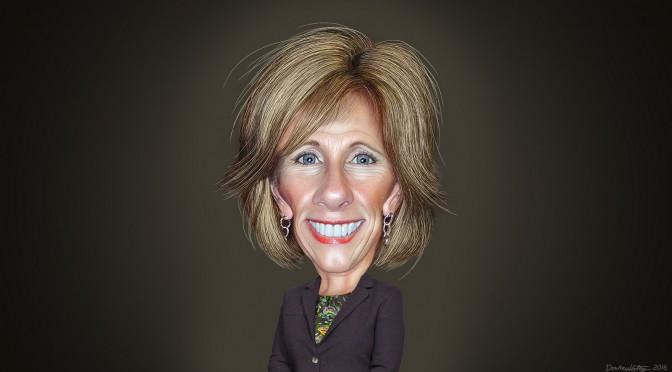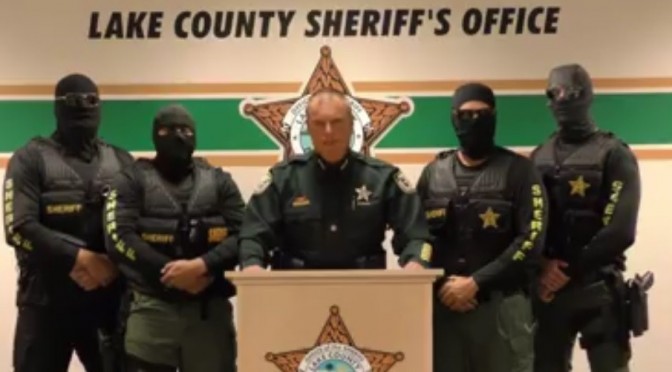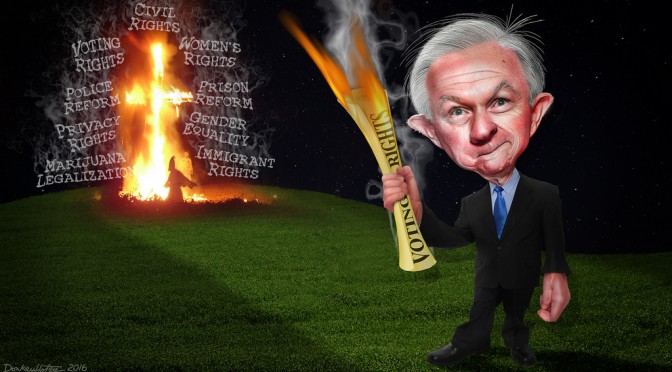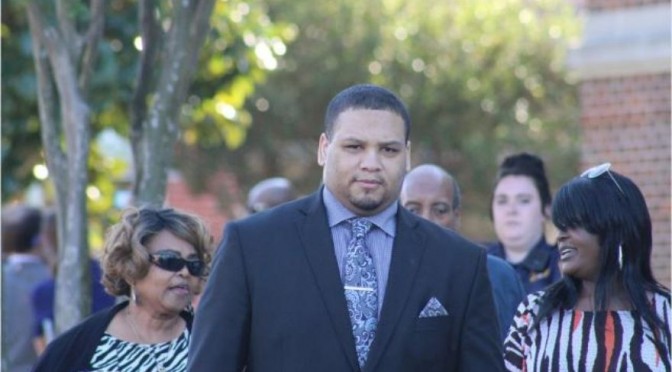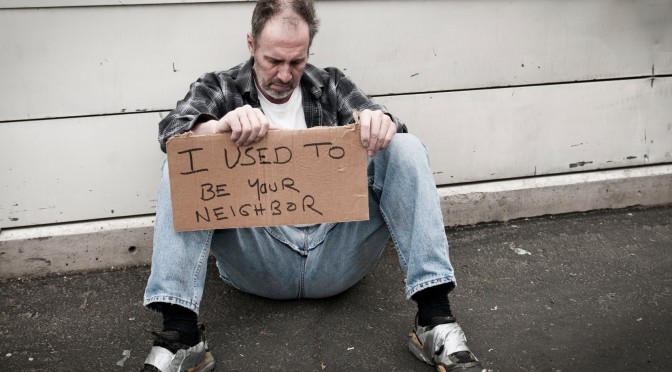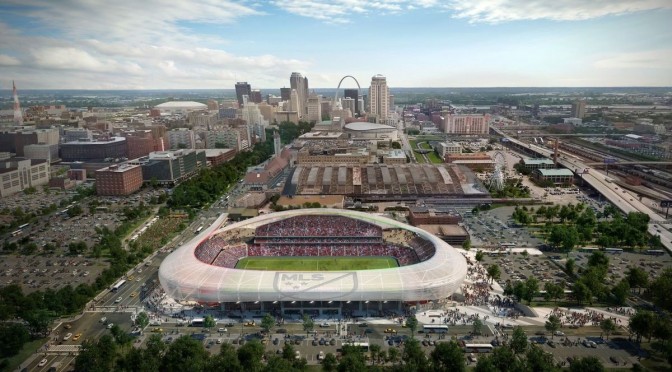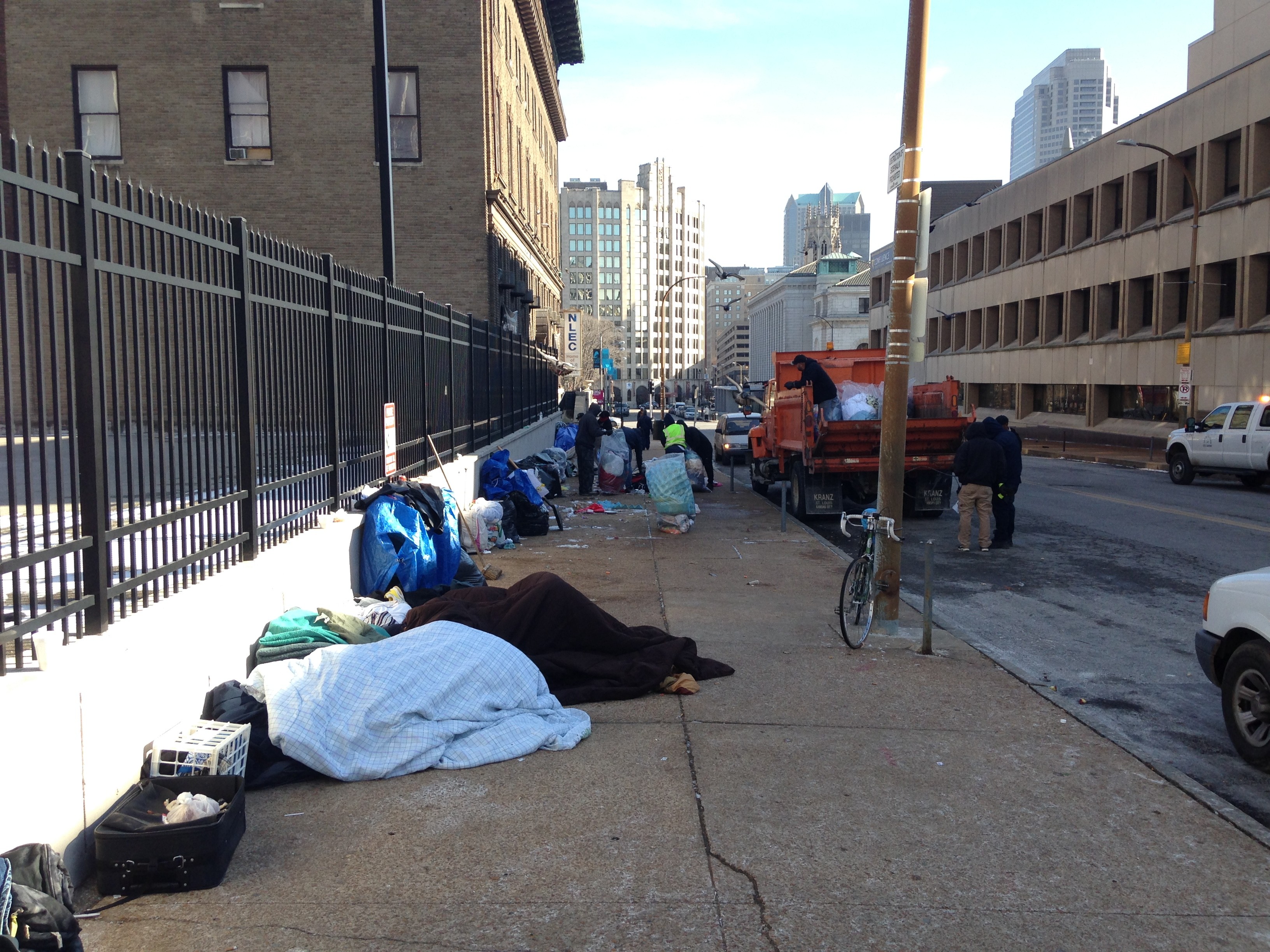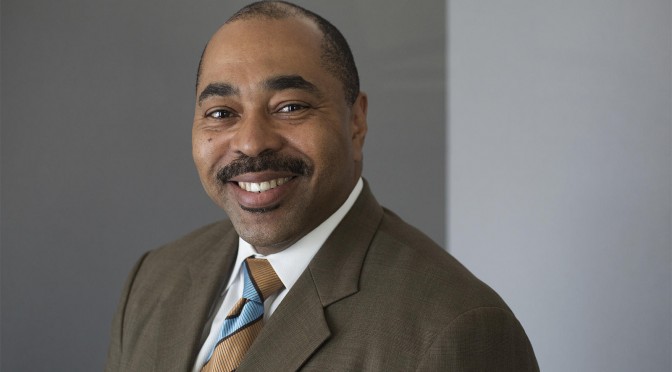Memo DeVos sent Tuesday rescinds student loan borrower protections put in place by Obama administration
Education Secretary Betsy DeVos on Tuesday withdrew student loan borrower protections put in place by the Obama administration, a move that steps away from accountability and opens the door for "rogue" servicers, according to critics.
DeVos outlined the change in a memo (pdf) sent to James Runcie, the chief operating officer of Federal Student Aid (FSA), in which she laments "a lack of consistent objectives" and other "shortcomings" in the current loan processing system, which as one observer sees it, was, in fact clear, and "was built to make repaying loans easier."
The Washington Post explains the education secretary's action:
DeVos has withdrawn three memos issued by former education secretary John King and his under secretary Ted Mitchell. One of the directives, which was later updated with another memo, called on Runcie to hold companies accountable for borrowers receiving accurate, consistent and timely information about their debt. The 56-page memo called for the creation of financial incentives for targeted outreach to people at great risk of defaulting on their loans, a baseline level of service for all borrowers and a contract flexible enough to penalize servicers for poor service, among other things.
The Obama administration requested routine audits of records, systems, complaints and a compliance-review process. It also directed Runcie's team to base compensation on response time to answering calls, completing applications for income-driven repayment plans, errors made during communications, and the amount of time it takes to process payments. Another memo insisted FSA consider a company's past performance in divvying up the student loan portfolio.
"The guidelines," Cory Doctorow wrote at BoingBoing, "were enacted after the Government Accountability Office found that the Department of Education's outsourced debt-collectors were cheating borrowers and engaging in other corrupt, negligent, and criminal practices." That oursourcing refers to the fact that "the federal government pays hundreds of millions of dollars to companies such as Navient, Great Lakes, and American Education Services to manage $1.2 trillion in student loans," the Post writes.
Bloomberg writes: "With her memo, DeVos has taken control of the complex and widely derided system in which the federal government collects monthly payments from tens of millions of Americans with government-owned student loans. The CFPB [Consumer Financial Protection Bureau] said in 2015 that the manner in which student loans are collected has been marred by 'widespread failures.'"
According to MarketWatch, the Education Department "is currently in the midst of awarding a new lucrative servicing contract to a single entity," with Navient being a finalist. The CFPB sued that company in January "for systematically and illegally failing borrowers at every stage of repayment." Yet the change ordered by DeVos "could make Navient a more likely contender for that contract, government officials said," Bloomberg adds.
Student loan borrower advocates decried the changes made by DeVos.
It "will certainly increase the likelihood of default," said David Bergeron, a senior fellow at the Center for American Progress who worked over three decades at the Education Department, to Bloomberg.
"Secretary DeVos—with the stroke of a pen—has reinstated the Wild West of student loans where servicers get to play by their own rules, and borrowers get fleeced," said American Federation of Teachers president Randi Weingarten.
"Her decision rescinds the most basic protections student debtors have when dealing with servicers, like expecting their bills to be accurate and their payments to be processed on time. And she's opened the door for rogue operators such as Navient, which overcharged service members and veterans millions of dollars, to win even more lucrative government contracts. If Secretary DeVos were serious about curing America's trillion dollar student loan crisis, she would strengthen, not rescind, these protections," she continued.
The development comes less than two weeks after the Education Department said that over 550,000 borrowers who were led to believe that their loans would be forgiven after ten years of work in the public service, may in fact be on the hook for those payments.
"Instead, she is enabling and empowering bad actors. It's just another clear example of Betsy DeVos and the Trump administration putting the interests of predatory profiteers over the needs of the little guy—in this instance, the millions of people trying to go to college or acquire career skills without being crippled by debt," Weingarten said.
The change also drew condemnation from Americans for Financial Reform, a Wall Street accountability nonprofit coalition, which said it moved "the department toward less accountability and worse service for student loan borrowers."
The group continued: "In order to have accountability, there must be real consequences when servicers violate the law. Secretary DeVos's actions today moves us away from true accountability, and creates dangers for the very student loan borrowers the Department is responsible for protecting."
Free Money for College
Republished with permission under license from CommonDreams.

